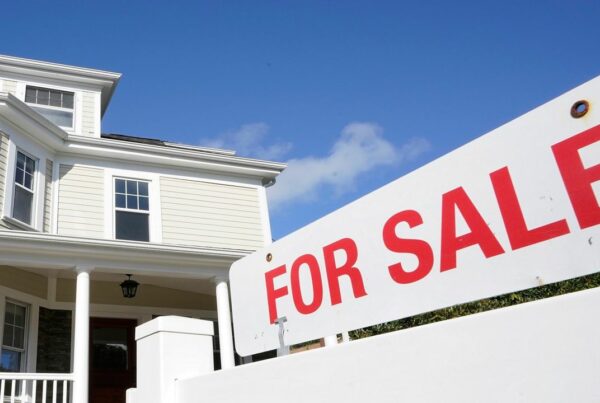In recent years, there has been a noticeable shift in the way people approach housing. While homeownership has long been considered the quintessential American dream, an increasing number of individuals and families are opting for built-to-rent communities instead of buying new homes. This phenomenon can be attributed to various factors, including fluctuating mortgage rates, rising home prices, and the growing trend of renters by choice.
Mortgage Rate Fluctuations
One of the primary drivers of the shift towards built-to-rent communities is the volatility in mortgage rates. Historically, low mortgage rates have made homeownership an attractive option. However, the past decade has seen significant fluctuations in these rates, leaving potential homebuyers wary of taking the plunge.
In recent years, mortgage rates have experienced both highs and lows, making it challenging for prospective homeowners to secure favorable financing. This uncertainty has left many people hesitant to commit to a long-term mortgage, leading them to explore alternatives such as renting.
Escalating Home Prices
Another key reason for the growing popularity of built-to-rent communities is the relentless increase in home prices. Over the past few years, housing markets across the United States have witnessed soaring property values. While this may be a boon for sellers, it has created an obstacle for prospective buyers.
The National Association of Realtors reported that the median existing-home price reached $363,300 in July 2021, a 23.4% increase from the previous year. Such rapid price escalation has made it increasingly difficult for many Americans to afford traditional homeownership, prompting them to consider more flexible rental options.
Renters by Choice
A significant cultural shift that has contributed to the rise of built-to-rent communities is the emergence of renters by choice. Traditionally, renting was often seen as a temporary or transitional living arrangement. However, a growing number of individuals now actively choose to rent instead of buying a home.
Renters by choice are attracted to the flexibility, convenience, and amenities that built-to-rent communities offer. These communities often feature modern amenities such as fitness centers, swimming pools, and maintenance services that provide a hassle-free lifestyle. Furthermore, they allow renters to enjoy the benefits of a community without the long-term financial commitment of homeownership.
The Built-to-Rent Community Advantage
Built-to-rent communities, or BTRs, are a housing option that caters to these changing preferences. These communities are specifically designed to meet the needs of renters, offering a blend of modern amenities, community engagement, and a flexible lifestyle. Here are a few advantages that attract people to BTRs:
- Flexible Leasing Terms: BTR communities often provide flexible leasing terms, allowing renters to choose the length of their stay. This adaptability aligns with the changing life circumstances and career mobility of many individuals.
- Amenities and Services: BTR communities typically feature a range of amenities, from co-working spaces to dog parks, all designed to enhance residents’ quality of life.
- Maintenance-Free Living: Residents of BTR communities can enjoy maintenance-free living. Property management takes care of repairs and maintenance, eliminating the responsibilities typically associated with homeownership.
- Community Living: These communities foster a sense of belonging and community, offering various events and opportunities for social interaction, making them an attractive option for those who desire a sense of community without the commitment of buying a home.
- Cost Predictability: With fixed monthly rent payments, renters in BTR communities can better predict and budget their housing costs, avoiding the uncertainties associated with homeownership.
The allure of homeownership remains strong for many, but the realities of fluctuating mortgage rates, rising home prices, and the evolving preferences of renters by choice have given rise to the popularity of built-to-rent communities. As the real estate landscape continues to transform, these communities offer a flexible, amenity-rich, and hassle-free alternative to traditional homeownership. For many, the shift towards renting over owning represents a seismic change in the way they envision their ideal living situation, and it’s a trend that shows no signs of slowing down.



